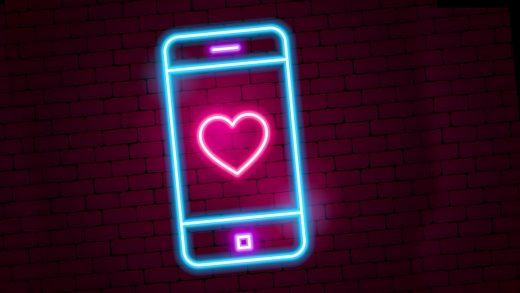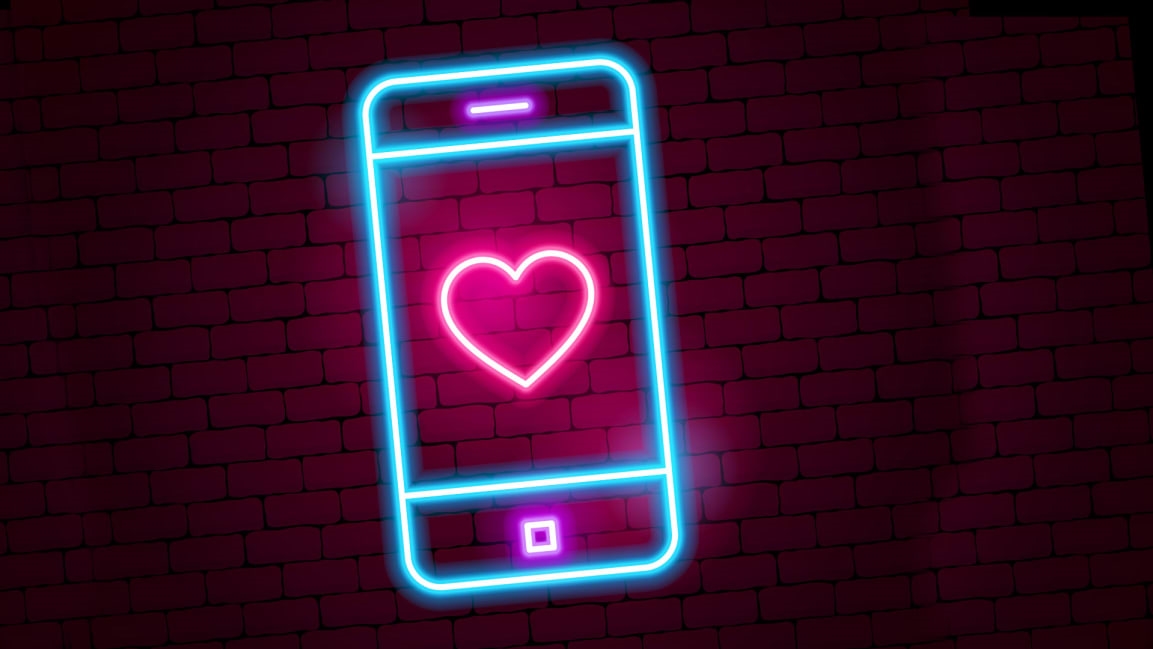Are there just too damn many dating apps?
Valentine’s Day aside, love is in the air and, apparently, on the apps.
According to new data from Sensor Tower, global usage of Tinder, Bumble, and Hinge increased 17% in January 2022 when compared to January 2019. Tinder maintained its domination of the dating app market with a 72% share of monthly users, but other options saw significant growth in the last three years. Bumble’s user base grew 96%, while Hinge’s more than quadrupled.
The world we live in is considerably different—and much more digital—than it was in 2019. In the fight to attract users, dating apps are looking to differentiate themselves, often with newfangled features. Hinge, for example, debuted voice prompts, which have become TikTok fodder. Tinder is apparently working on a social mode called Swipe Party, and last November brought back its interactive Swipe Night.
Some apps are also turning their focus to capturing the Zoomer demographic. Snack, a relative newcomer that seeks to combine elements of both Tinder and TikTok, de-platforms users once they hit age 36.
“Once existing users turn 36, we stop showing their profiles in the feed and recommend other dating apps that cater more to their age demographic, like Tinder or Bumble,” a Snack representative told Fast Company.
Meanwhile, Bumble recently acquired French dating app Fruitz, which allows users to pick a fruit to signal the connection they’re looking for. Like Snack, Fruitz is marketed toward Gen Z, appearing to emphasize clear communication of users’ intentions and desires in this era of ghosting and West Elm Caleb.
Although the actual meaning of a “Gen Z” dating app remains dubious, it nonetheless signals a push for creativity and novelty in the dating app space, and a race to keep up with a generation of digital-native daters.
(26)



